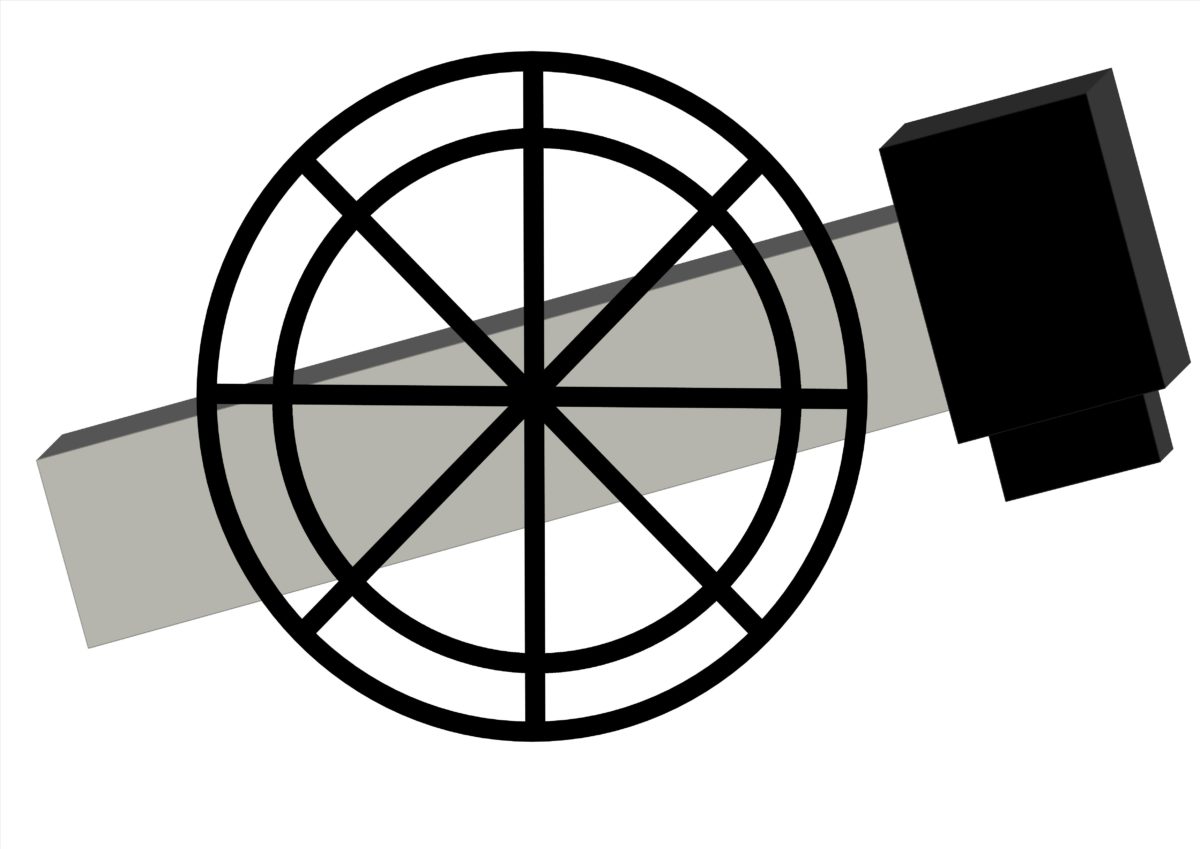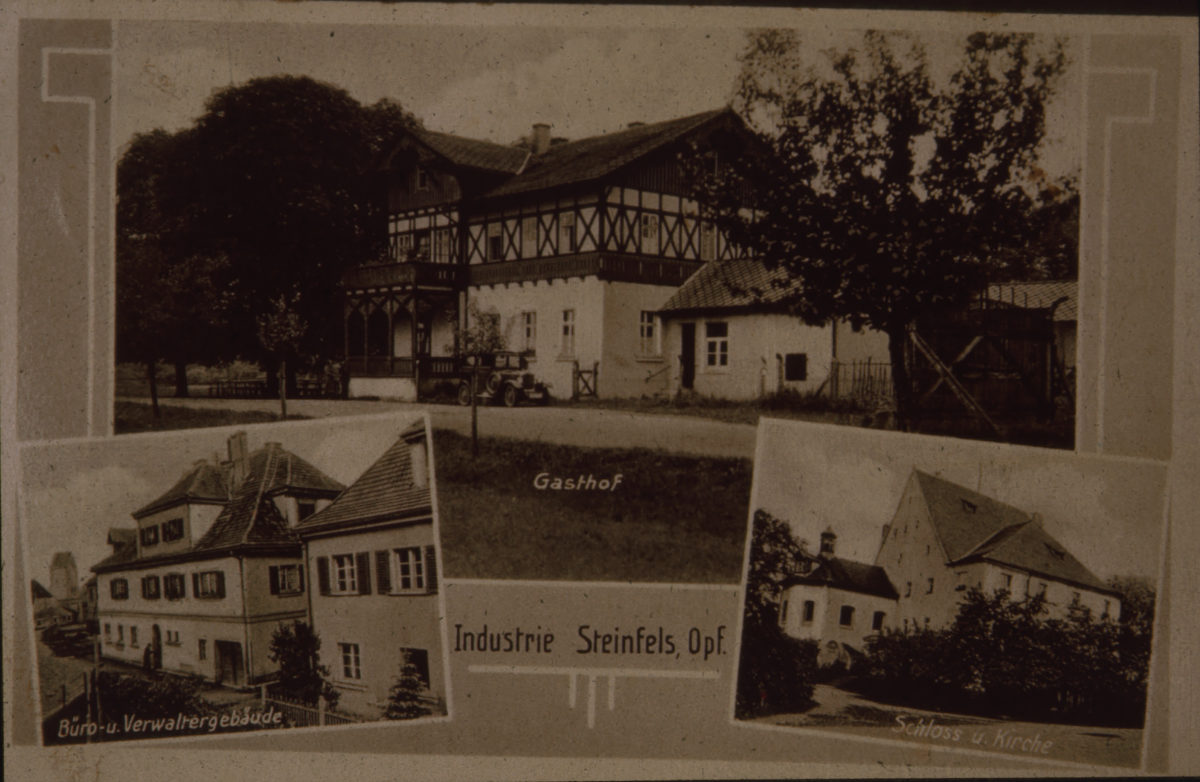Steinfels
Note: The information about Steinfels is only available online! The hammer mill Steinfels can be approached as an extension of the bike tour between the stations Nagelschmiede and Grub.
Oldest hammer mill in the region
Steinfels today belongs to Mantel, but until 1972 it was a district of the then municipality of Hütten. The hammer mill is therefore closely connected with the hammers Hütten and Grub, which are also located on the Haidenaab River. Steinfels was first mentioned in a document as early as 1052, making it the oldest hammer mill in the area. It was a rail hammer where iron ore was forged into rails and bars. Until the 15th century, the lords of Steinfels were the owners of the hammer, followed from 1400 for about 220 years by the hammermasters Mendel von Steinfels, who were later also active in Grub, Hütten and Gmünd. The Mendel hammer family produced a famous family member during this period. Christoph Mendel von Steinfels was the first rector of the University of Ingolstadt and bishop of Chiemsee. At that time, Steinfels, like many other rail hammers was a landed estate and belonged to Parkstein Castle.
Upswing with new owners
In 1624, in the middle of the Thirty Years‘ War, Paul Schlaher, hammermaster of Thumsenreuth, acquired the hammer, which had already been shut down at the turn of the century. The war, however, destroyed the estate and his widow reported its desolate condition as late as 1661, when it passed to Georg Pfreimdter von Bruck. Ten years later followed an era of the new Hammer Lords of Weveld, who renovated the castle and built the castle chapel with family crypt in 1707. There was a previous building, dedicated to St. Ursula, built in 1468 and completely destroyed in the Thirty Years‘ War. The new chapel was consecrated to the Assumption of the Virgin Mary in 1723. Inside there are wooden figures from around 1520, a passage in the gallery connects the chapel with the castle.
Hammer castle as a family gift
The first of the von Weveld family, Johann Simon was a commander at Parkstein Castle and thus also came into possession of Steinfels, his son Jakob Ignatz eventually also of Grub. Due to professional changes to Neuburg, Jakob Ignatz donated his estates to his aunt Maria Elisabetha von Weveld in 1746. Further donations and sales followed within the von Weveld dynasty until the era ended in 1835.
In private and public hands
In 1835 Johann Friedrich from Böhmischbruck acquired the castle, it later passed to Carl Trautner and finally in 1884 to Heinrich Knab from Münchberg. For thirty years Hugo Auvera was on the estate, first as a tenant and then ten years later as owner. In 1957, Steinfels passed to Wolff Freiherr von dem Bongart, who had a mixed gravel plant built next to the estate’s own farm. After the territorial reform in 1972, the municipality of Hütten was incorporated into Grafenwoehr, but the district of Steinfels became part of the market town of Mantel. Since Bongart’s death in 1979, the Hammer castle has fallen into a slumber. It was auctioned off several times, and in 1997 the market town of Mantel won the bid and ensured the revitalization of the district with the establishment of companies, residential units and a water connection. Since 2011, the hammer castle has been privately owned again. Once a year, the castle area comes to life when the great indulgence festival is celebrated with numerous believers at the oak grove on August 15.
Postcard of Steinfels
© Archive Culture and Military Museum Grafenwoehr
 cycle trail ‚hammer mills & mills‘
cycle trail ‚hammer mills & mills‘